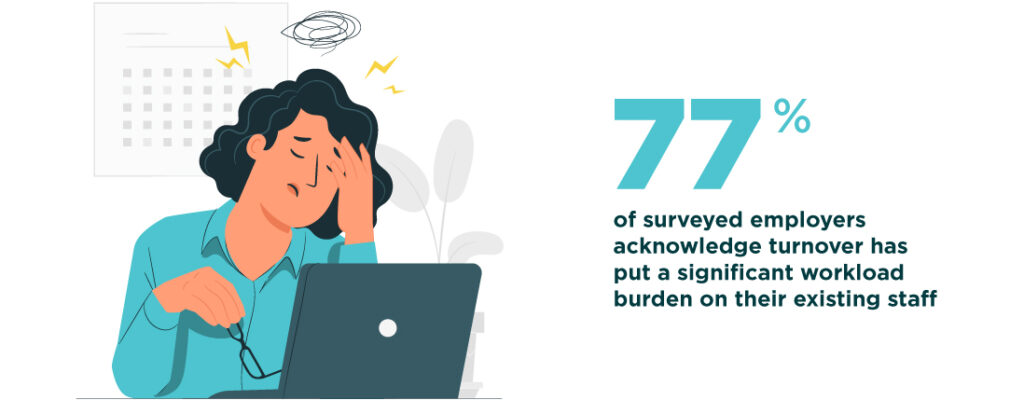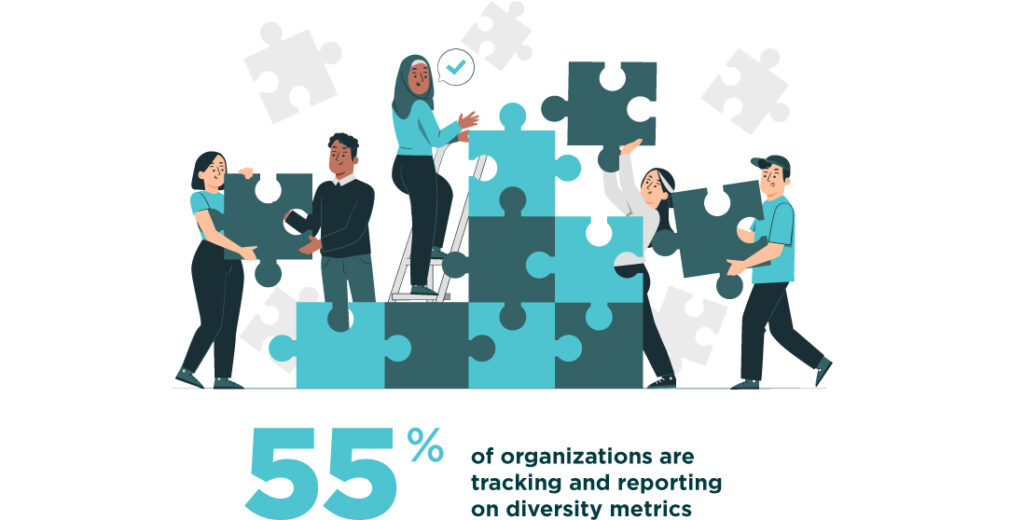At the beginning of the year, Raftelis staff forecasted the most game-changing trends for 2023. Among the list, we predicted workforce challenges to be top of mind for local governments and utilities. The pandemic certainly rattled some of the traditional norms for public sector work and organizations continue to manage the impact. At the beginning of the year, we highlighted three key workforce issues:
As we approach the end of the year, we have been examining what is happening with the public sector workforce. Among our clients, it certainly remains one of the most prominent conversations. Organizations are exploring strategies to attract hard-to-fill positions, innovative ways to reduce the time to hire, opportunities to review compensation and classification structure, and ways to combat burnout for employees who are carrying the burden of high vacancy rates.
Public sector workforce trends do not always follow larger private sector trends. In fact, successful public sector employers understand it is difficult to compete directly with the private sector, and they must find ways to capitalize on the mission and impact of their work on the community. To see if what we are hearing from clients aligns with other local governments and utilities, we looked to survey data from Mission Square Research Institute. Mission Square conducts informative research specific to the state and local government workforce.
The survey data matches what we are hearing from our clients. Though improving, hiring challenges certainly remain. Organizations are re-evaluating longstanding employment practices like civil service systems that set practices for hiring, managing, and promoting employees to ensure employment is based on merit, professionalism, and fairness rather than political affiliation. In some cases, these practices can contribute to hiring delays or create barriers to employment like offering exams once a year, in-person. For collective bargaining negotiations, union representatives and leadership are working more closely to fill vacancies and provide reprieve for existing staff. [3] For example, public safety recruitment in Massachusetts has long relied on the Civil Service Commission for recruiting. Several towns and cities are reassessing their participation in that model to determine if it contributes to hiring delays and the ability to meet DEI goals. [4]

Through our work with clients nationwide, we talk with a great cross-section of local government and utility employees. They are the heroes of everyday public service, and many are struggling to keep pace with the growth in service delivery expectations among a lighter pool of coworkers. This year during interviews, focus group discussions, and surveys conducted for clients we found that effective communication is key. Taking the opportunity to check in with staff can lead to innovative ways to address the challenge of maintaining service delivery with less people.
The discussion around remote, on-site, and hybrid work is still a hot topic, but remote work in the public sector is nuanced. Some roles simply cannot be remote. In such cases, re-evaluating shift schedules and investing in well-being can be fruitful ways to support your non-remote employees. Many organizations offer employee assistance programs (EAP) that provide free counseling for financial and mental health well-being. In addition, wellness is important for public safety employees, with opportunities for traumatic incident stress management and peer support programs. In other hard-to-fill or retain positions, remote work may be a competitive advantage, especially as the private sector continues to push for a return to the office. Technical or support service roles like engineering, information technology, call centers, or accounting may be viable candidates for hybrid or remote work opportunities.

Workforce data is often one of the most easily accessible and powerful analytical tools for local governments and utilities. Some organizations are improving their ability to assess the current workforce profile and develop performance goals that can be tracked. The City of Charleston, for example, does a great job integrating employee engagement and workforce analytics with a recurring employee survey. The survey provides insight into key engagement trends that impact retention and employee performance while also monitoring how the workforce is changing over time. Data collection is a critical part of the DEI mission. As the workforce composition experiences a generational shift, organizations must proactively address succession planning and organizational development for future public servants.
The public sector workforce has absolutely remained a priority for organizations in 2023. The outlook is cautiously optimistic. Employers have continued to chip away at the persistent vacancies, and they have made strong investments in employee engagement, well-being, and DEI. There is still work to be done. The pandemic disruptions have ignited fresh perspectives on old practices while also reminding us of the foundational element of public service—people. We hope to see more success stories of these crucial efforts in 2024.
Footnotes
[1] Bureau of Labor Statistics (BLS). “The Employment Situation – September 2023.” https://www.bls.gov/news.release/pdf/empsit.pdf
[2] MissionSquare Research Institute. “State and Local Workforce – 2023 Survey Findings.” https://research.missionsq.org/posts/workforce/state-and-local-government-workforce-survey-2023
[3] Murakami, Kerry. “The nation’s biggest public union wants to help fix the workforce shortage.” Route Fifty, July 24, 2023. The nation’s biggest public union wants to help fix the workforce shortage – Route Fifty (route-fifty.com)
[4] Sean, Cotter. “Amid hiring slump, Massachusetts police departments look to leave civil service.” Boston Globe, July 9, 2023. Amid hiring slump, Massachusetts police departments look to leave civil service – The Boston Globe
[5] MissionSquare Research Institute. “State and Local Government Employees: Morale, Public Service Motivation, Financial Concerns, and Retention – 2022 Survey Results.” https://research.missionsq.org/content/media/document/2023/02/59976-slg-worker-report_final.pdf